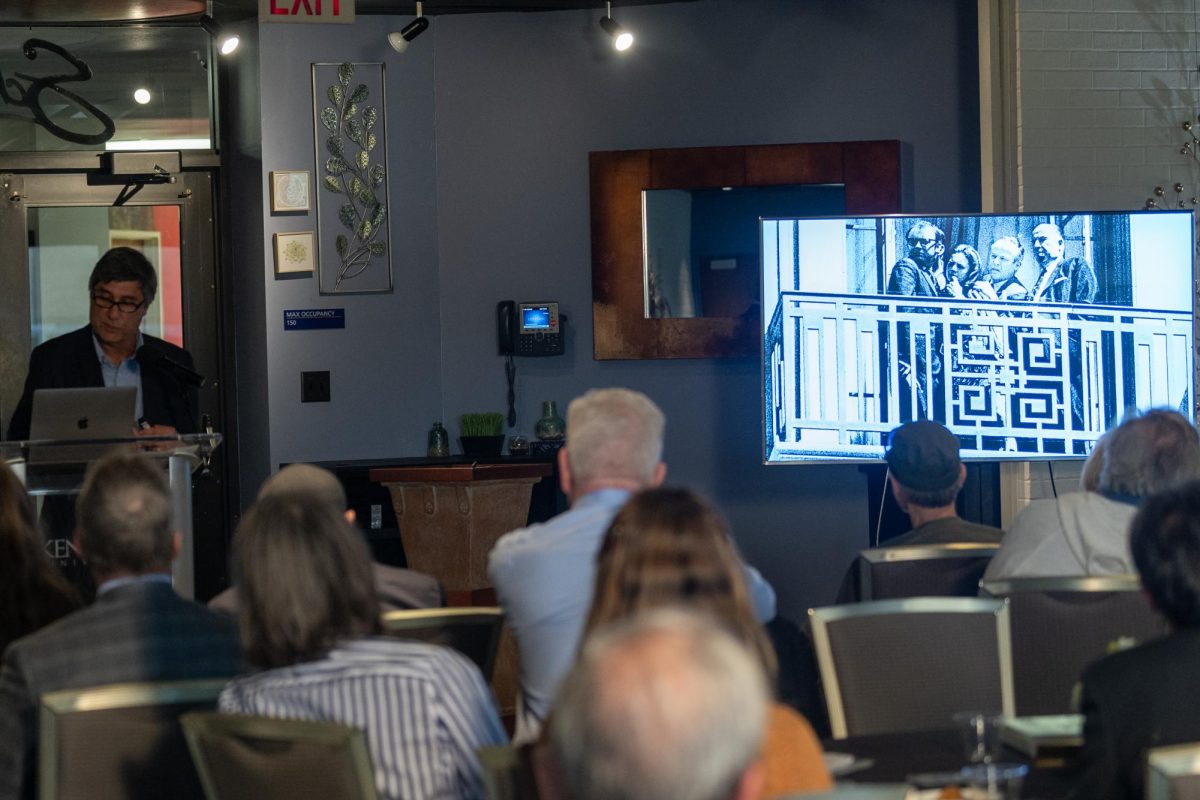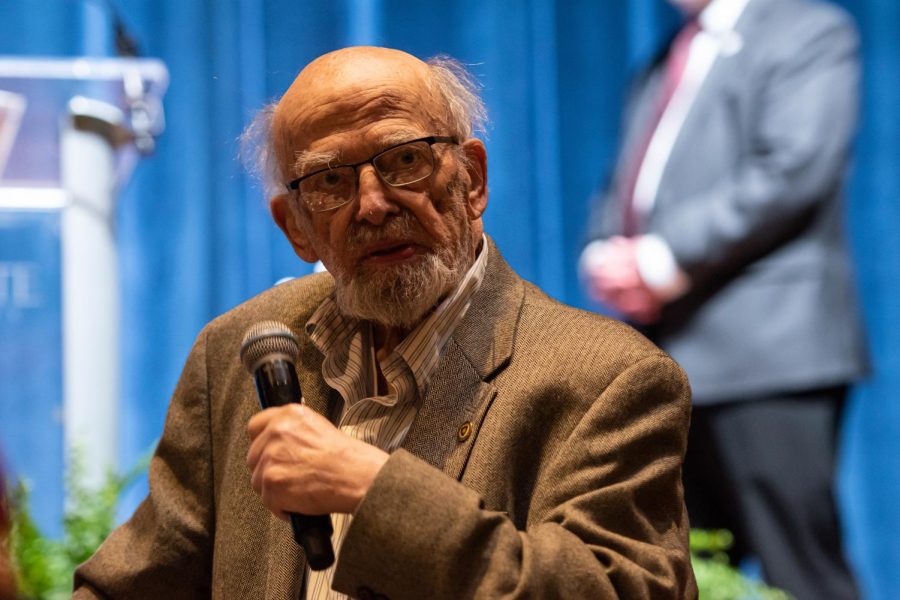In 1971, a member of the riot squad (stationed in George Washington University) grabbed 19-year-old Lawrence Robert’s upper arm. Roberts responded by pulling his arm away, prompting the riot squad member to take Roberts to the local precinct house where he spent the whole day in jail.
Years later, Roberts reflected on the events of May Day, a large act of civil disobedience in which people blockaded the streets of Washington demanding for American forces to leave Vietnam, in his book, “Mayday 1971: A White House at War, a Revolt on the Streets, and the Untold History of America’s Biggest Mass Arrest.”
Before the events of May Day, Nixon was furious with campus protesters across the United States and was overheard experiencing his dislike towards them by White House visitors. This resulted in the organization of a number of protests, Roberts said.

“Caravans of young people started streaming into Washington [D.C.],” he said. “This was all putting Nixon under intense pressure.”
As a result of this pressure, Nixon chose to speak to protesters the night before a demonstration, Roberts said.
“There’s this president standing there suddenly inches from [the protesters] and he’s got hardly any bodyguards,” he said. “He’s the deposed maker of the world they’re living in.”
Roberts said these attempts to connect with the protesters were hopeless as after Nixon left the protesters were filled with disdain towards him and spoke openly about such to news reporters.
“When Nixon reads the news’ reports, he gets even more despondent about it,” he said. “It just sends him spiraling further and further into a dark place against protesters.”
Following this and the invasion of Cambodia, protesters were divided as they were unsure if they should begin to take a civil disobedience approach like a sit-in, Roberts said.
Rennie Davis and David Dellinger, anti-war activists and members of the Chicago Seven, rose to prominence as the leaders in favor of the civil disobedience movement, he said.
“Dellinger was a life-long apostle of nonviolence, that’s his creed, but he believes it’s possible to use force without violence,” Roberts said.
During the spring of 1971, Nixon expanded the war into Laos prompting organizations such as the Vietnam War Veterans Against the War to camp in front of the Capitol, Roberts said.
The Nixon administration went to court to prevent the veterans from doing such; however, they chose not to ask the veterans to leave the Capitol steps, he said.
“This is a huge public relations win for the [anti-war] movement,” he said. “It really starts to move public opinion more in support of the protests and even more against the war.”
While Roberts researched the events of May Day, he said he was struck by the task Davis and Dellinger were faced with to organize the civil disobedience without the aid of today’s technology.
“You had to use an actual telephone, you had to mail letters to the post office, you had to use mimeographs, posters, bulletin boards, newspaper ads, word of mouth,” he said. “Yet, you still get tens of thousands of people to show up at one place one time.”

The May Day tribe, those who organized the May Day civil disobedience, secured a permit to camp in West Potomac Park and on May 1, 1971, there were 50,000 people in the park, Roberts said.
Nixon’s administration became fearful of the number of individuals present at the park and decided to send in the riot squad at dawn, he said.
“The cops come down and they give everybody until noon to get out of the park,” Roberts said.
Those camping in Potomac left the camp site angrily with some setting their make-shift tents on fire, he said.
The May Day tribe planned out the blockade on a map of Washington D.C.; however, the police also had a copy of the map, Roberts said.
“So, when morning comes the cops know exactly where to find the May Day people,” he said.
Although the police and Nixon’s administration thought they had run the protesters out of the city, the protesters ventured to other areas in the city, Roberts said.
“They got up in the morning and went to their assigned spots in traffic,” he said. “By early on the police were quickly overwhelmed.”
The police responded with tear gas but shortly abandoned the usual arrest procedures as things grew out of control, Roberts said.
“The kind of procedures that make arrests legal,” he said. “They’re supposed to be filing out paperwork on each arrest, writing down the offense and the arresting officer so the prisoner can be properly arraigned.”
Instead, the officers brought those under arrest to precinct and began arresting anyone who looked like they were protesting, Roberts said.
The improper arrest procedure resulted in 7,000 individuals being arrested on May 2, 1971, and more the following day, he said.
From these improper arrests, a $12 million settlement was awarded and the first class action lawsuits certified by a court in which a plaintiff sought fourth amendment due process damages, Roberts.
As a result of the government being forced to pay millions of dollars in composition, the rights of assembly and protests were preserved, he said.
Following Roberts’ lectures, four students moderated a Q&A panel with Roberts. Afterward, attendees were welcomed to ask Roberts questions or to have him sign a copy of his book.
Adriana Gasiewski is a beat reporter. Contact her at [email protected].











